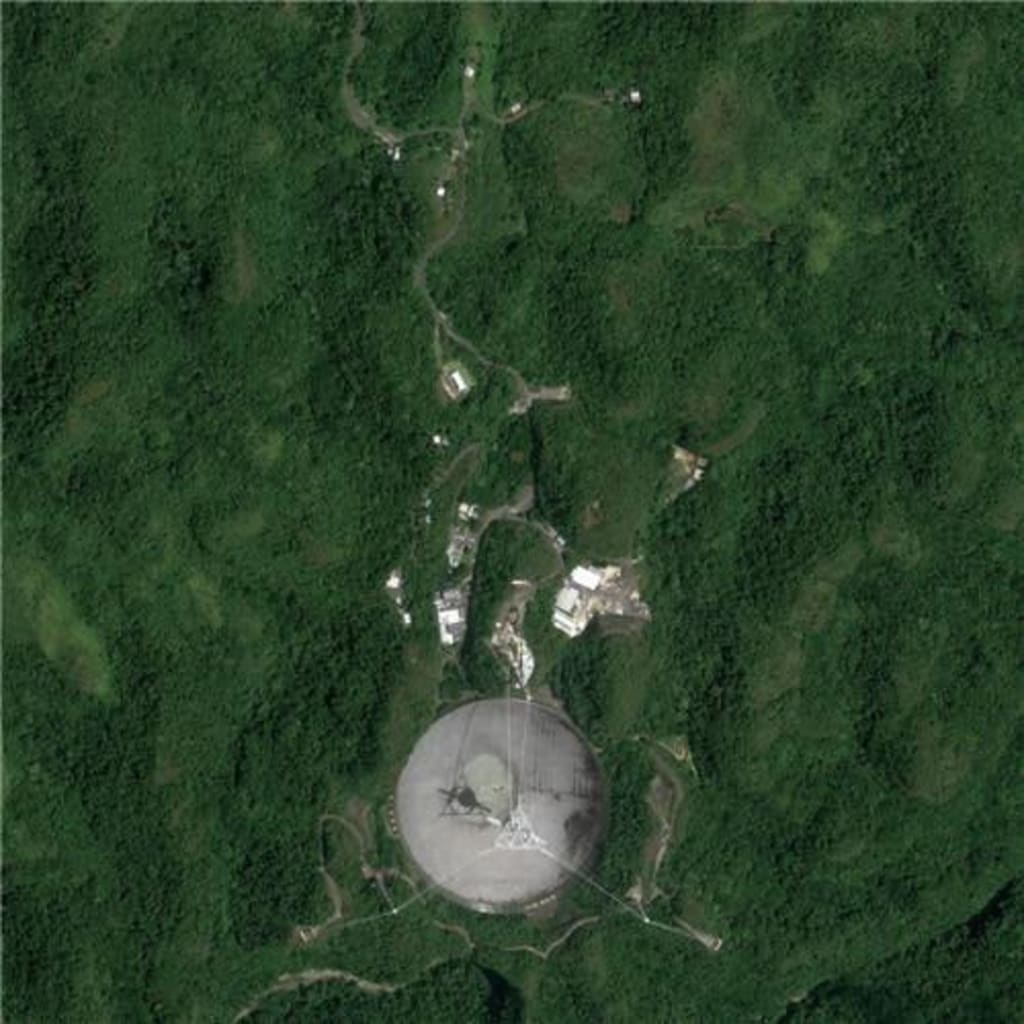The world's first "eye in the sky", spending 260 million yuan to build, but now rusty as a junkyard
The world's first "eye in the sky" status

Buddha's words: "In the eye, the four major color creation clear color, is called the eye of heaven. The heavenly eye can see all kinds of things from the earth and the six lower spheres if they are near if they are far if they are calm if they are fine, and all colors cannot be illuminated." In Buddhism, the "heavenly eye" is a being that can see through the six paths, near and far, up and down, before and after, inside and outside, and the future, etc. It is very honored.
But I'm going to say the "eye of heaven", not the Buddhist "eye of heaven", but the field of astronomy in the telescope, to create the "world's first eye", the United States To build the "world's first eye", the United States spent a lot of manpower and resources, costing more than 260 million, but only more than 50 years of use, it was abandoned and became a large "garbage heap", how is this the case?
Time to go back to the 1960s, when astronomers around the world observed distant celestial bodies, must be developed to detect the extremely weak celestial radio signal telescope, and by the limitations of technology, when all the world's radio telescopes in 60 years to collect all the energy of celestial radio sources, only equivalent to a few raindrops hit the ground by the release of energy, I must say, simply is It is a drop in the bucket.

In this case, the United States decided to create a new "eye in the sky", after the joint efforts of Stanford International Research Center, the National Science Foundation, and Cornell University, "Arecibo Radio Telescope" (Arecibo Radio Telescope) was launched. According to the data, the Arecibo Radio Telescope had a diameter of 305 meters and was later expanded to 350 meters, 10 times the size of its radio telescope contemporaries, for $260 million.
On November 1, 1963, Arecibo officially opened, later thousands of scientists from around the world used it, scientific observations, and even Hollywood directors made several films on different subjects for it.
After its expansion in 1974, the United States used it to transmit a string of 1679 binary digits to the globular cluster M13, 25,000 light-years from Earth, which was the Arecibo message; in the same year, Professor Taylor and Kirsch used the Arecibo telescope to discover the first example of a double pulsar, PSR191316, which indirectly verified the existence of gravitational waves for the first time, for which they won the Nobel Prize in Physics in 1993, and the Arecibo radio telescope became famous worldwide.
However, although Arecibo is powerful, it still has a fatal drawback - it cannot rotate the antenna, which means that it cannot aim at radio sources in different regions of the sky, and can only scan a strip of the sky by changing the position of the antenna feed, which is quite limited. Coupled with the fact that NASA has since stopped developing the field of human spaceflight, the project of observing space stars has gradually decreased.
As Arecibo's value decreased, the U.S. government also cut its funding, from $12 million per year to $10.5 million per year, and finally plummeted to $1 million, and in 2016, the NSF even said that Arecibo could have a bad impact on the environment if it continued to operate, so the U.S. government shut it down
Now four years have passed, Arecibo is not only surpassed by China's FAST (500-meter spherical radio telescope), reduced to the world's second, but also because no one maintenance, has begun to rust a large area, from a distance, it is like a large garbage dump, overgrown with weeds, it is saddening.
About the Creator
Apostolakis
To make scientific, diligence is the mother of success






Comments
There are no comments for this story
Be the first to respond and start the conversation.